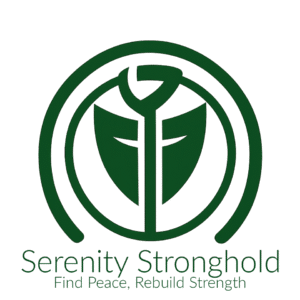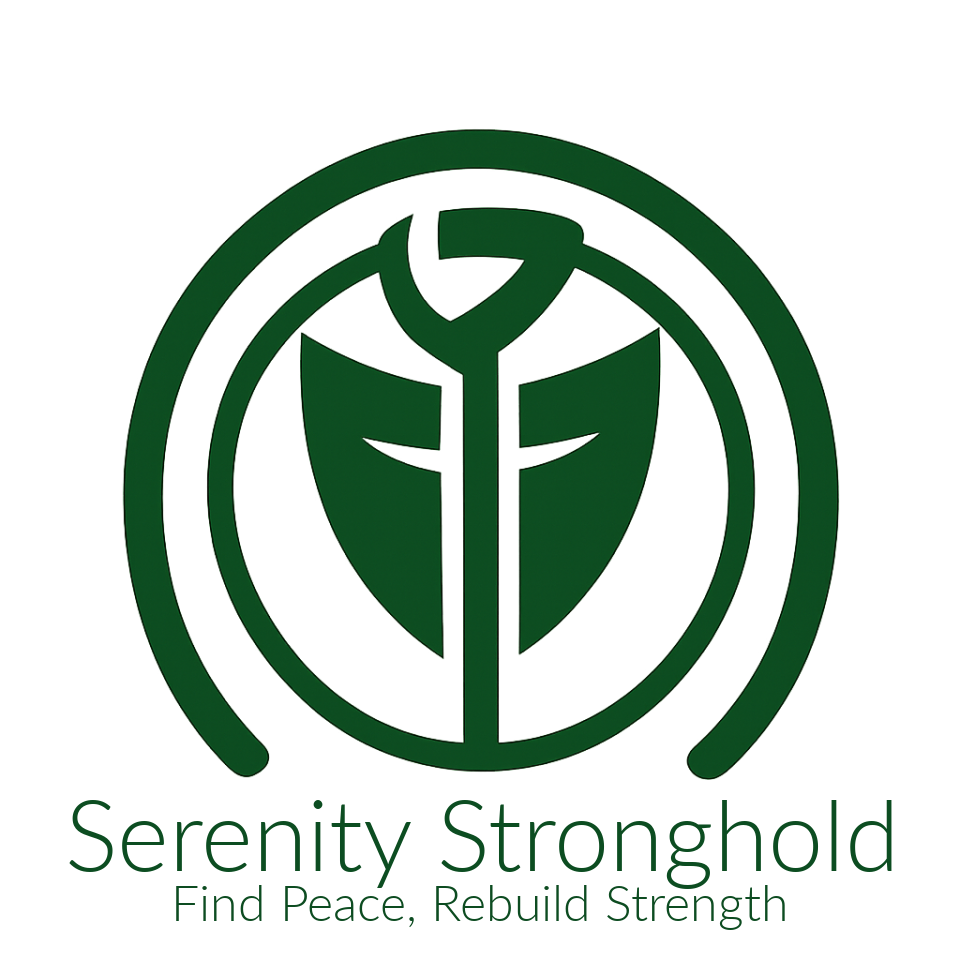Detailed Fundraising Strategy for Serenity Stronghold Action Plan
Executive Summary
 The Serenity Stronghold Action Plan requires $1 billion annually to achieve its goals of reducing veteran homelessness by 80%, treating PTSD in 90% of participants, and serving 100,000 individuals by 2033. This fundraising strategy outlines a multi-pronged approach to secure these funds, phased over 8 years, starting with $600M in Year 1 (Phase 1). It leverages federal grants (40%), foundations/nonprofits (30%), corporate sponsorships (15%), and crowdfunding/additional grants (15%), with built-in contingencies for diversification.
The Serenity Stronghold Action Plan requires $1 billion annually to achieve its goals of reducing veteran homelessness by 80%, treating PTSD in 90% of participants, and serving 100,000 individuals by 2033. This fundraising strategy outlines a multi-pronged approach to secure these funds, phased over 8 years, starting with $600M in Year 1 (Phase 1). It leverages federal grants (40%), foundations/nonprofits (30%), corporate sponsorships (15%), and crowdfunding/additional grants (15%), with built-in contingencies for diversification.
The strategy emphasizes early wins: Apply for VA grants by Q4 2025, launch X crowdfunding in Q1 2026, and secure endorsements from the Leadership Council. Success metrics include $50M crowdfunding in Year 1 and 80% grant approval rate. Risks like competition are mitigated by pilots and phased applications. Overall, the plan is viable given VA’s $3.2B homelessness budget in FY2025 and growing corporate veteran support.
Overall Goals and Timeline
- Total Funding Goal: $8B over 8 years ($1B/year), with $600M in Phase 1 (2026–2028), $800M in Phase 2 (2029–2031), and $1B in Phase 3 (2032–2033).
- Phased Breakdown:
- Year 1 (2026): $400M (focus: grants $200M, crowdfunding $50M, foundations $100M, corporations $50M).
- Years 2–3 (2027–2028): Scale to $600M/year, emphasizing endorsements and events.
- Years 4–8: Full $1B/year, with 60% recurring (grants/endowments).
- Key Milestones:
- Q4 2025: Submit initial grant apps; launch X campaign.
- Q1 2026: Secure $100M seed (grants/crowdfunding); host virtual launch event.
- Annually: Track via CRM (e.g., Salesforce for Nonprofits); aim for 20% over-goal buffer.
- Federal/VA Grants Strategy ($400M/Year Target)
VA grants are the cornerstone, aligning with the plan’s focus on homelessness and PTSD. FY2025 allocated $3.2B for homelessness, with $818M awarded in August 2025 to 235 orgs. Target $200M in Year 1 via multi-grant portfolio.
- Key Opportunities (FY2026 Focus):
- Supportive Services for Veteran Families (SSVF): $799M available (NOFO published Dec 2024, apps due early 2026, awards Oct 1, 2026); max $6.8M/grant for 200+ orgs. Strategy: Apply as lead org with SDVOSB partners; emphasize PTSD integration. Target: $200M over 5 years.
- Legal Services for Veterans (LSV-H): $42M FY26 (NOFO closed Jul 2025, but renewals ongoing); up to $500K/2 years for 84 grantees. Target: $100M for legal aid component.
- Grant and Per Diem (GPD): $42M annually for transitional housing (NOFO open Jun 2025); complements housing goals. Target: $100M for centers.
- Other: Texas Veterans Commission $46M (213 grants FY26) for state pilots; mental health residential $1.5B in FY26 budget.
- Execution Steps:
- Q4 2025: Register on Grants.gov; form grant-writing team (budget $50K).
- Q1 2026: Submit SSVF/LSV-H apps; leverage Doug Collins (VA Sec) for endorsements.
- Ongoing: Compliance training; 80% success rate via pilots demonstrating ROI (e.g., 70% PTSD reduction).
- Contingency: If grants fall short (e.g., competition), pivot to state funds like Texas VMH grants.
- Foundations and Nonprofits Strategy ($300M/Year Target)
Target top veteran-focused foundations, which awarded billions in 2024 (e.g., WWP $300M+ annually). Focus on those supporting housing/mental health.
- Key Targets (Top 2025 Foundations):
- Gary Sinise Foundation: Builds custom homes; $20M+ in PTSD research/housing. Strategy: Invite Sinise to council; pitch $50M for 1,000 units. Success: Their 20+ homes model fits reuse.
- Wounded Warrior Project (WWP): $300M budget; mental wellness focus. Target: $100M for therapies; align with their Warrior Care Network.
- Semper Fi & America’s Fund: Top-rated for bills/housing; $100M+ annually. Pitch $50M for family support.
- Fisher House Foundation: Builds respite homes; $50M+ for families. Target: $30M for caregiver programs.
- Bob Woodruff Foundation: $20M+ for PTSD; bipartisan appeal. Pitch $20M for first responders.
- Green Beret Foundation: Special ops focus; $10M+ for mental health. Target: $20M for transitioning vets.
- Others: Hope for the Warriors (financial aid), Best Defense Foundation (families).
- Execution Steps:
- Q4 2025: Tailored proposals to 10 foundations; leverage Tulsi Gabbard for intros.
- Year 1 Goal: $150M (50% multi-year pledges).
- Ongoing: Impact reports (e.g., 70% PTSD reduction) for renewals.
- Contingency: If rejections, apply to Charity Navigator’s “highly recommended” list for visibility.
- Corporate Sponsorships Strategy ($150M/Year Target)
Corporates invested $2B+ in veteran programs in 2024; target CSR arms for in-kind/cash.
- Key Targets:
- Amazon: Hiring commitments; sponsor job training ($50M, via apprenticeships).
- Home Depot: Veteran Housing Grants; $20M for construction.
- Musk/xAI: Tech support ($50M for AI tools); pitch via council.
- Others: DAV corporate partners (e.g., VDA for boot camps); VETCON sponsors ($16.5K platinum levels); Modern Military (LGBTQ+ vets).
- Execution Steps:
- Q1 2026: Pitch decks to 20 corps; events like VETCON 2025 sponsorships ($16.5K platinum).
- In-Kind: Materials from SDVOSBs ($17M).
- Goal: $75M cash + $75M in-kind Year 1.
- Contingency: Offer tiered sponsorships (e.g., $10K bronze for logos).
- Crowdfunding and Social Media Strategy ($150M/Year Target)
X-focused, starting $50M Year 1, inspired by veteran campaigns (e.g., WWP raised $300M via social in 2024). No direct veteran crowdfunding successes in search, but general models like GoFundMe for vets raised $10M+ in 2024.
- Platforms: X (primary, via council amplification); GoFundMe for kits ($200/donation).
- Execution Steps:
- Q4 2025: Launch X campaign (@SerenityStronghold, grow from author’s 29 followers via tags/promos).
- Year 1: $50M goal (e.g., $200/kit drives); viral posts tagging council (e.g., @jockowillink’s podcast reach).
- Tactics: Live X Spaces with Sinise; user-generated stories; ads ($100K budget).
- Metrics: 1M impressions, 10% conversion.
- Contingency: If low traction, partner with WWP for joint drives.
- High-Profile Endorsements and Events Strategy
Leverage Leadership Council for $100M+ indirect funding (e.g., endorsements unlocking grants).
- Endorsements: Pitch Trump/Hegseth/Collins for federal intros; Vance/Gabbard for bipartisan events.
- Events: Annual gala ($5M raise, Year 1); X Spaces quarterly.
- Execution: Q1 2026: Council launch event; track ROI via donations post-event.
Budget Allocation and Metrics
| Source | Year 1 Target | Total 8-Year | Metrics |
| Federal Grants | $200M | $3.2B | 80% approval; quarterly reports |
| Foundations | $100M | $2.4B | 50% multi-year pledges |
| Corporations | $50M | $1.2B | 20 sponsors; in-kind value |
| Crowdfunding | $50M | $1.2B | 1M donors; 10% growth/year |
- Tracking: CRM dashboard; 20% annual audits.
- ROI: Aim for $5 saved per $1 raised via efficiencies.
Risks and Contingencies
- Risk: Grant competition (high; SSVF 200+ applicants). Contingency: Diversify to state grants (e.g., Texas $46M).
- Risk: Low crowdfunding (author’s 29 followers). Contingency: Paid ads + council boosts.
- Risk: Endorsement delays. Contingency: Grassroots events.
This strategy positions Serenity Stronghold for sustainable funding, potentially raising $1B+ by Year 3 with execution.
